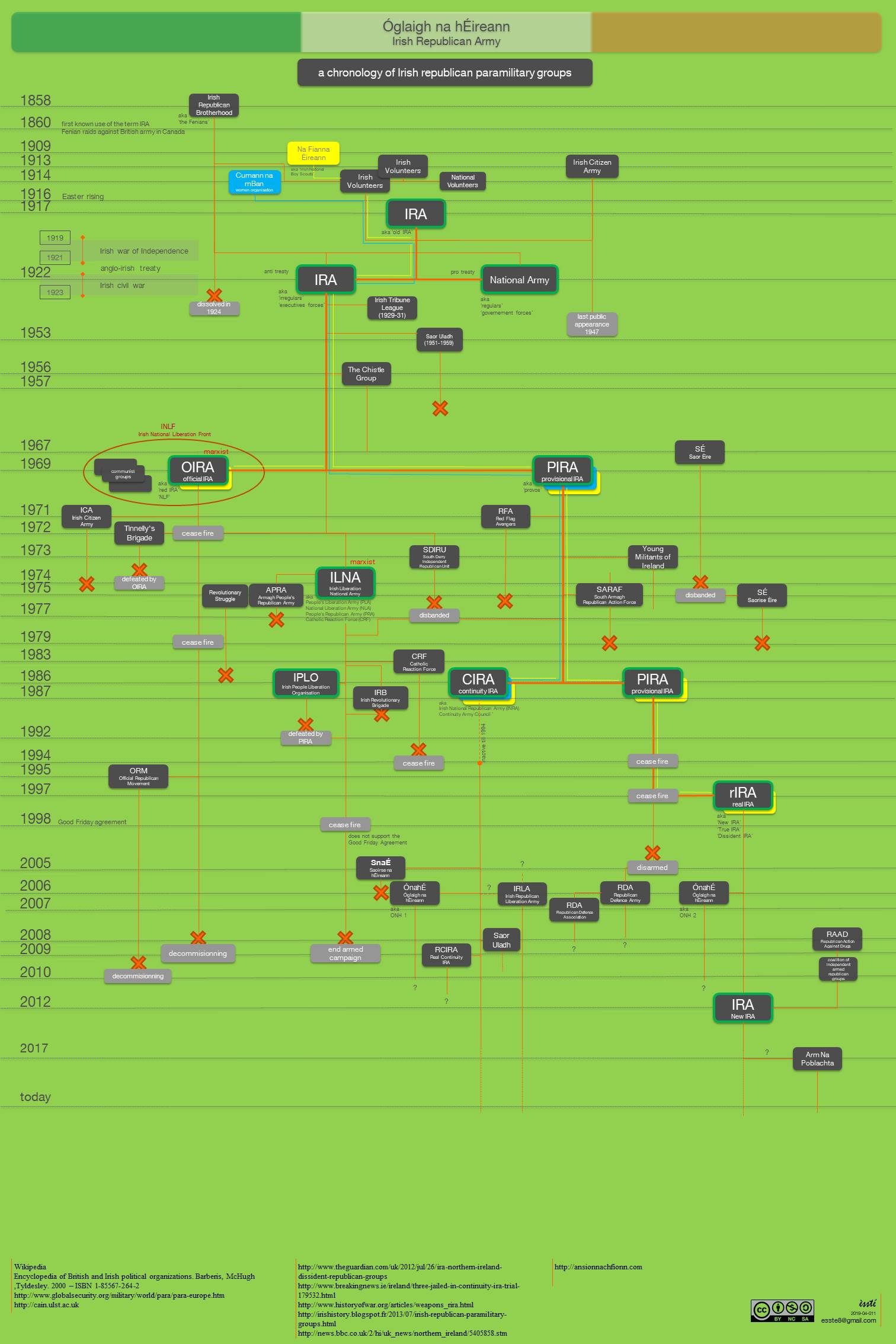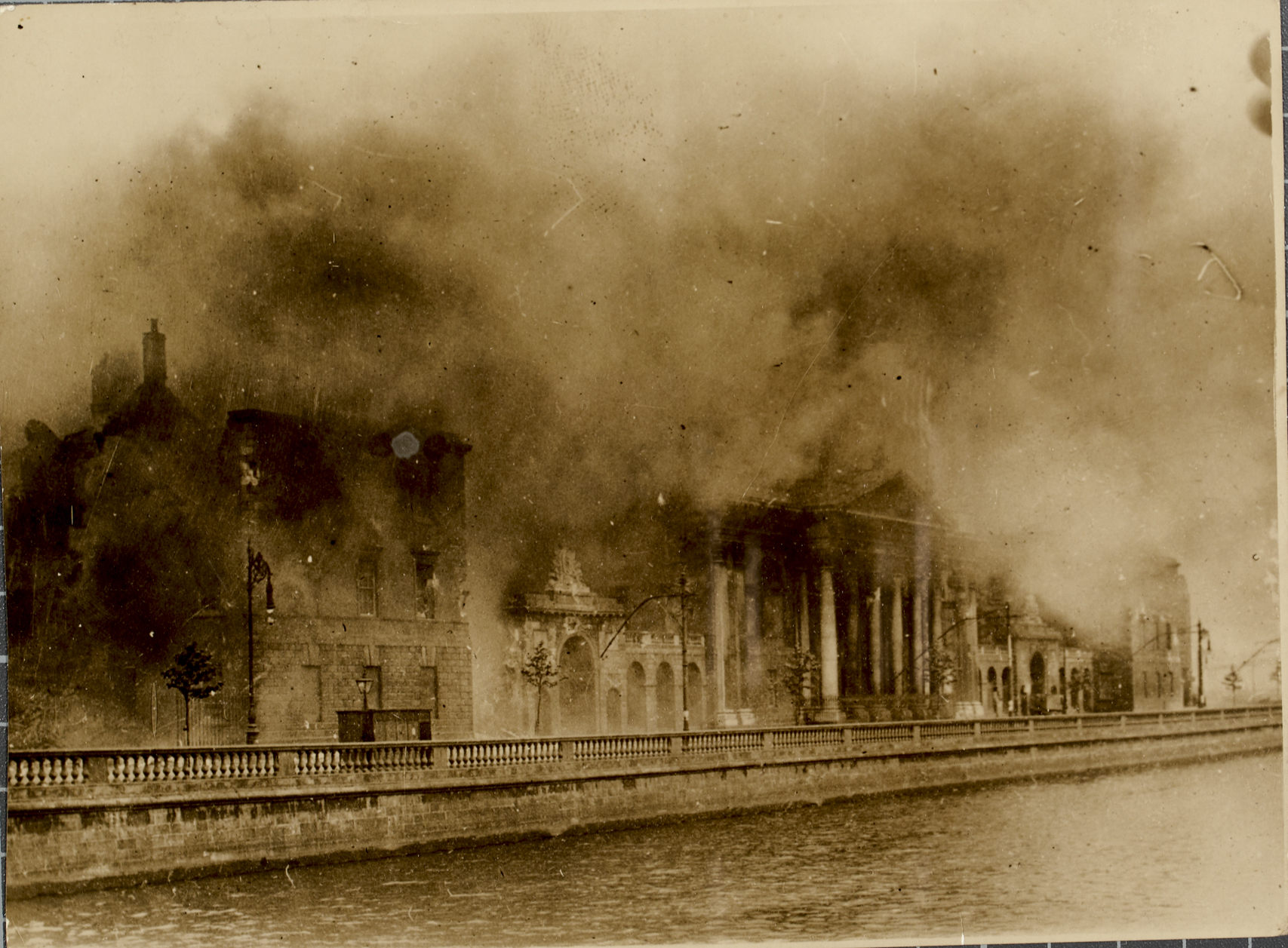|
Mid Limerick Brigade
The Mid Limerick Brigade was one of three Brigades of the Irish Republican Army operating in County Limerick in the Irish War of Independence and the Irish Civil War The Irish Civil War (; 28 June 1922 – 24 May 1923) was a conflict that followed the Irish War of Independence and accompanied the establishment of the Irish Free State, an entity independent from the United Kingdom but within the British Emp .... The Brigade Commandant was Liam Forde. The other Brigades were the East Limerick Brigade and the West Limerick Brigade. The Mid Limerick Brigade had four battalions. * 2nd Battalion: Limerick City * 3rd Battalion: Castleconnell and Murroe * 4th Battalion: Caherconlish and Fedamore * 5th Battalion: Patrickswell and Mare 1st Battalion was the original organisation in the city but it was no longer recognised by IRA GHQ at the time of the formation of the Mid Limerick Brigade. References Irish War of Independence History of County Limerick {{Ireland-hist ... [...More Info...] [...Related Items...] OR: [Wikipedia] [Google] [Baidu] |
Irish Republican Army
The Irish Republican Army (IRA) is a name used by various Resistance movement, resistance organisations in Ireland throughout the 20th and 21st centuries. Organisations by this name have been dominantly Catholic and dedicated to anti-imperialism through Irish republicanism, the belief that all of Ireland should be an independent republic free from British colonial rule. The original Irish Republican Army (1919–1922), often now referred to as the "old IRA", was raised in 1917 from members of the Irish Volunteers and the Irish Citizen Army later reinforced by Irishmen formerly in the British Army in World War I, who returned to Ireland to fight against Britain in the Irish War of Independence. In Irish law, this IRA was the army of the revolutionary republic, revolutionary Irish Republic as declared by its parliament, Dáil Éireann (Irish Republic), Dáil Éireann, in 1919. In the century that followed, the original IRA was reorganised, changed and split on multiple occasions ... [...More Info...] [...Related Items...] OR: [Wikipedia] [Google] [Baidu] |
County Limerick
County Limerick () is a western Counties of Ireland, county in Republic of Ireland, Ireland. It is in the Provinces of Ireland, province of Munster and is located in the Mid-West Region, Ireland, Mid-West which comprises part of the Southern Region, Ireland, Southern Region. It is named after the city of Limerick. Limerick City and County Council is the Local government in the Republic of Ireland, local council for the county. The county's population at the 2022 census was 209,536 of whom 102,287 lived in Limerick City, the county capital. Geography Limerick borders four other counties: County Kerry, Kerry to the west, County Clare, Clare to the north, County Tipperary, Tipperary to the east, and County Cork, Cork to the south. It is the fifth-largest of Munster's six counties in size and the second-largest by population. The River Shannon flows through the city of Limerick, then continues as the Shannon Estuary until it meets the Atlantic Ocean past the far western end of the c ... [...More Info...] [...Related Items...] OR: [Wikipedia] [Google] [Baidu] |
Irish War Of Independence
The Irish War of Independence (), also known as the Anglo-Irish War, was a guerrilla war fought in Ireland from 1919 to 1921 between the Irish Republican Army (1919–1922), Irish Republican Army (IRA, the army of the Irish Republic) and United Kingdom of Great Britain and Ireland, British forces: the British Army, along with the quasi-military Royal Irish Constabulary (RIC) and its paramilitary forces the Auxiliary Division, Auxiliaries and Ulster Special Constabulary (USC). It was part of the Irish revolutionary period. In April 1916, Irish republicanism, Irish republicans launched the Easter Rising against British rule in Ireland, British rule and Proclamation of the Irish Republic, proclaimed an Irish Republic. Although it was defeated after a week of fighting, the Rising and the British response led to greater popular support for Irish independence. In the 1918 Irish general election, December 1918 election, republican party Sinn Féin won a landslide victory in Ireland. O ... [...More Info...] [...Related Items...] OR: [Wikipedia] [Google] [Baidu] |
Irish Civil War
The Irish Civil War (; 28 June 1922 – 24 May 1923) was a conflict that followed the Irish War of Independence and accompanied the establishment of the Irish Free State, an entity independent from the United Kingdom but within the British Empire. The civil war was waged between the Provisional Government of Ireland (1922), Provisional Government of Ireland and the Irish Republican Army (1922–1969), Anti-Treaty IRA over the Anglo-Irish Treaty. The Provisional Government (that became the Free State in December 1922) supported the terms of the treaty, while the Anglo-Irish Treaty Dáil vote#Anti-Treaty, anti-Treaty opposition saw it as a betrayal of the Irish Republic proclaimed during the Easter Rising of 1916. Many of the combatants had fought together against the British in the Irish Republican Army (1919–1922), Irish Republican Army during the War of Independence and had divided after that conflict ended and the Irish Republican Army and the Anglo-Irish Treaty, treaty neg ... [...More Info...] [...Related Items...] OR: [Wikipedia] [Google] [Baidu] |
Liam Forde
Liam is a short form of the Germanic name William, or its Irish variant Uilliam. Etymology The original name was a merging of two Old German elements: ''willa'' ("will" or "resolution"); and ''helma'' ("helmet"). The juxtaposition of these elements effectively means "helmet of will" or "guardian". When the Frankish Empire was divided, the name developed differently in each region. In Northern Francia, Willahelm developed first into "Willelm" and then into "Willaume" in Norman and Picard, and "Guillaume" in Ile-de-France French. The Norman form was further developed by the English into the familiar modern form "William". Origin Although the names Willahelm and Guillaume were well known in England before 1066, through Saxon dealings with Guillaume, Duc de Normandie, it was viewed as a "foreign" name. The Norman Conquest had a dramatic effect on English names. Many if not most Saxon names, such as Ethelred, died out under the massive influx of French ones. Since the Royal Cou ... [...More Info...] [...Related Items...] OR: [Wikipedia] [Google] [Baidu] |


